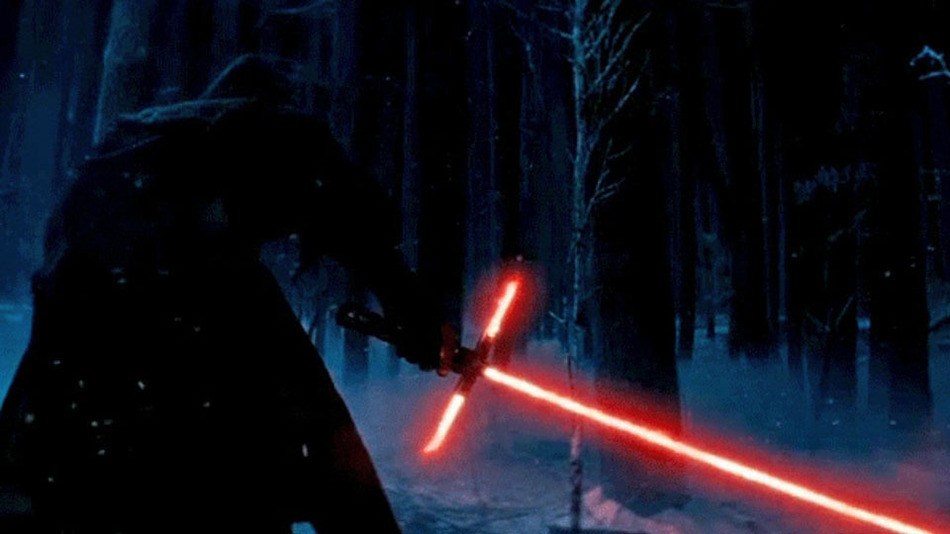Photon torpedoes and light sabers closer to becoming reality as scientists create new form of light
03/07/2018 / By Edsel Cook

We may be getting closer to the day when we finally see if a light saber can stop a photon torpedo. That’s because American researchers have succeeded in getting photons to interact and combine with each other to create what is essentially a new form of light, reported an MIT News article.
Photons are elementary particles that comprise light. A photon normally doesn’t interact with other photons, which is why flashlight beams don’t clash like Luke and Vader’s light saber blades.
But researchers at the Massachusetts Institute of Technology, Harvard University, among others have found out how to get normally anti-social photons to hang out with each other, so to speak. This development has opened the door to using photons in quantum computing.
The controlled experiments called for cooling a cloud of rubidium atoms until it approached absolute zero temperatures that slowed atomic movement. Researchers then used a very weak laser to fire a small amount of photons into the medium. (Related: Laser pointers can cause serious eye injuries.)
Normally, photons that enter a medium will leave it as individuals. However, each photon picked up one or two partners as they went through the ultra-cold rubidium cloud. Such behavior suggested the normally stand-offish photons somehow ended up attracted to each other, said the researchers.
Furthermore, individual photons lack mass and travel 186,000 miles per second. Yet, the bound photons displayed measurable mass. Now weighing a fraction of the mass of an electron, they also traveled 100,000 times slower.
The team also measured the phase (frequency of oscillation) of the photons before they entered the cloud and after they left it. The strength of a particle’s phase corresponded with the strength of its interaction and bond with other particles.
The three-photon molecule demonstrated a phase shift thrice as large as that of the smaller two-photon molecule. The sizable phase shift suggested a strong interaction between all three conjoined photons.
From solo photons to polariton molecules to photonic matter
Study leaders Vladan Vuletic of MIT and Mikhail Lukin of Harvard reported that they first observed pairs of photons interacting with each other in 2013. The current study is a follow-on to that pioneering research, and the goal was to see if bigger groups of photons could interact with each other.
Vuletic noted that certain molecules (i.e. oxygen) could combine to form two- and three-particle forms (O2 and O3), but not four-particle forms. Other molecules were restricted to two-particle forms.
The researchers theorized that a photon spent some time on rubidium atoms that it hit during its trip through the clouds. The result is a polariton, a quasi-particle comprised of a photon and an atom.
Unlike pure photons, polaritons can interact with each other. Two or three polaritons can cluster together during the millionth of a second they spend in the medium. Once they hit the edge of the medium, polariton groups shed their atomic part. They emerge as pure photons that are still bound together – in other words, they’re entangled, a key quality for quantum computing.
According to Vuletic, the speed of photons made them useful for sending information via optical fibers. If further research uncovered other forms of interaction, photons could be used to perform quantum computations. “If photons can influence one another, then if you can entangle these photons, and we’ve done that, you can use them to distribute quantum information in an interesting and useful way,” he said.
The research team will investigate other interactions like repulsion, where photons bounce off each other like clashing light saber blades. “With repulsion of photons, can they be such that they form a regular pattern, like a crystal of light?” Vuletic broached.
Catch up on the latest scientific breakthroughs at Scientific.news.
Sources include:
Tagged Under: discoveries, future tech, lightsabers, photon torpedoes, photonic matter, photons, physics, quantum computing, quantum entanglement, research, weird science




















